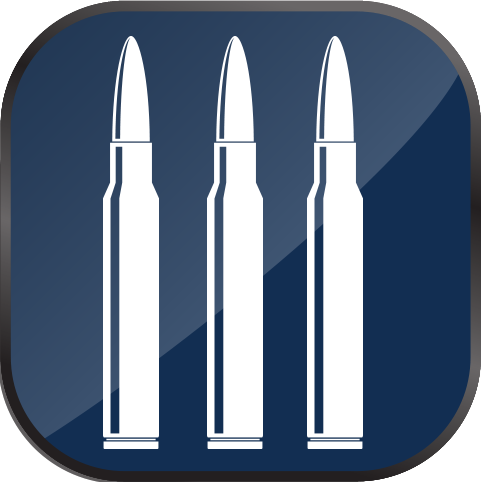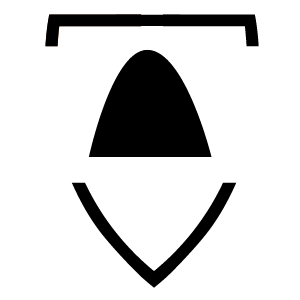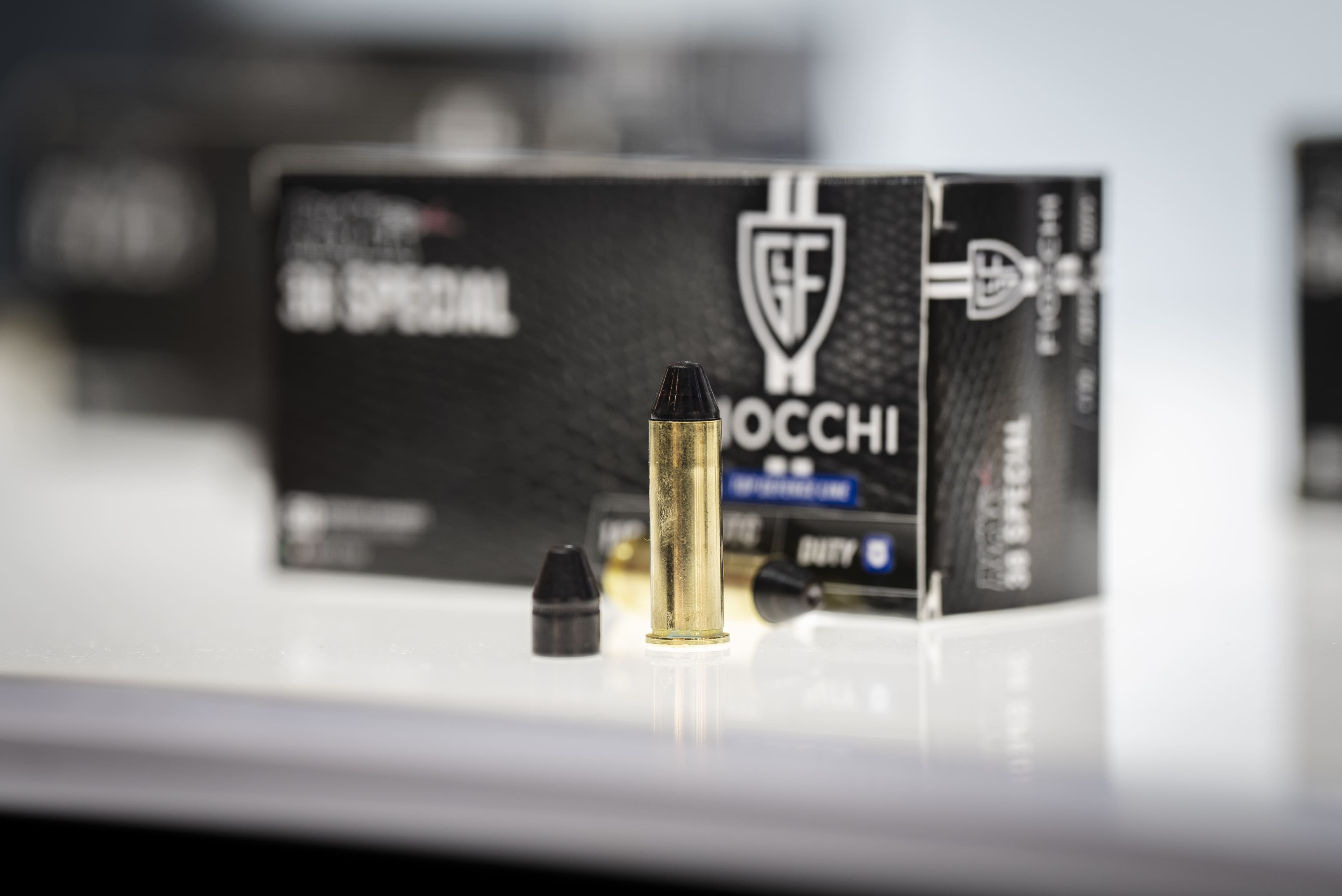Sometimes it is not very clear the numbering of the pellets inside the cartridges, especially if we consider the foreign ones, English or American.
Pellets are always classified according to the diameter of the single pellet. The Italian numbering starts from the smallest, which is number 14 (diameter 1.1 mm) which is however not very common. Of hunting interest are instead the numbers from 12 (diameter 1.5 mm, one gram contains 51) up to 0 (diameter 3.9 mm, one gram contains less than two). Beyond the number 0, we generally speak of buckshot which can reach up to a diameter of 8.6 mm called 11/0.
How do dots work?
Shots for hunting are produced, in most cases with a hardened lead alloy of 2% antimony. The specific weight of this alloy is about 11.1 g/cm³. For cartridges to be used where the law prohibits lead, such as in wetlands, steel shots are used which have a specific weight of about 7.8 g/cm³.
The swarm of pellets or pattern changes in size according to whether the rifle with which the cartridge is fired has cylindrical barrels or barrels with chokes. Shots exiting a cylindrical barrel tend to spread out radially, because air resistance grips the outer layers of the shot swarm more than those in the center.
The effect of the choke on the initial speed of the pellets is instead negligible but a more compact swarm maintains its velocity longer.
The charge of pellets
The weight, called grammage, of the shot load for a given caliber can vary greatly: in the 12 gauge for hunting it ranges from 28 g up to even over 60 g in supermagnum loads, even if the normal load is between 32 and 36 g. For a 16 gauge it is 20 - 30 g, while for a 20 it is 26 - 28 g.
Penetration of pellets
As fa as the penetration of pellets into soft tissues is concerned, experiments were carried out on blocks of ballistic gelatin, ascertaining that at a distance of 35 meters and 2.5 mm pellets the penetration was around 60 mm. If 3 mm in diameter, the penetration is around 70 mm. If it's 3.5 mm, it’s around 80 mm.

 IT
IT








































